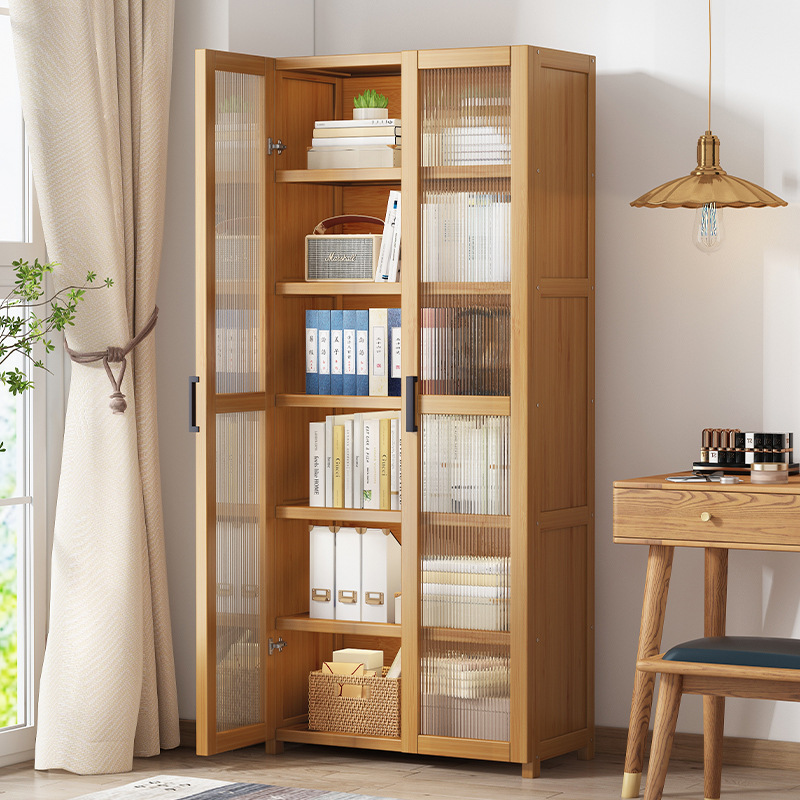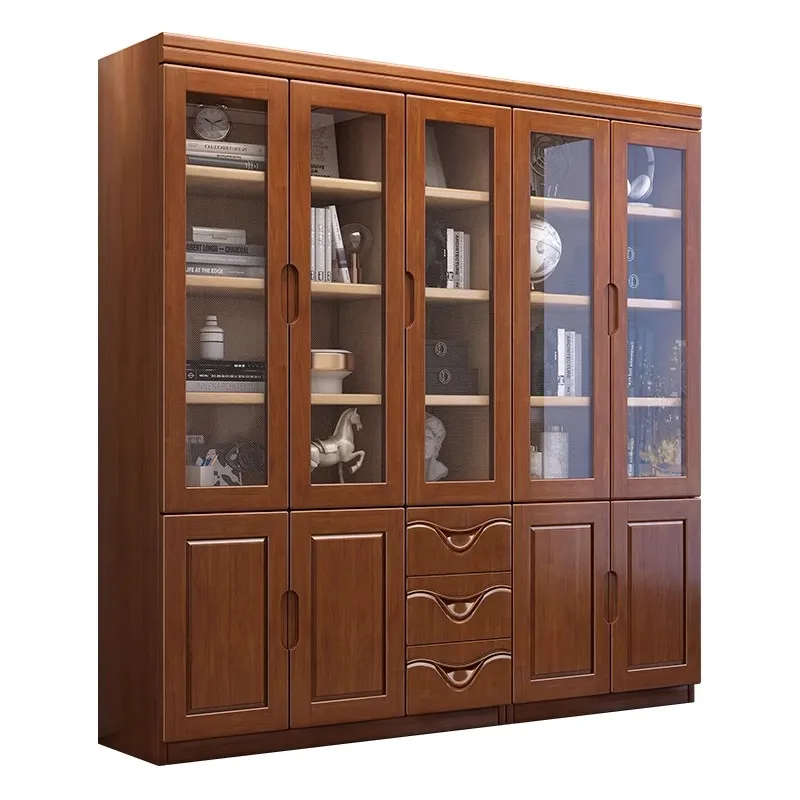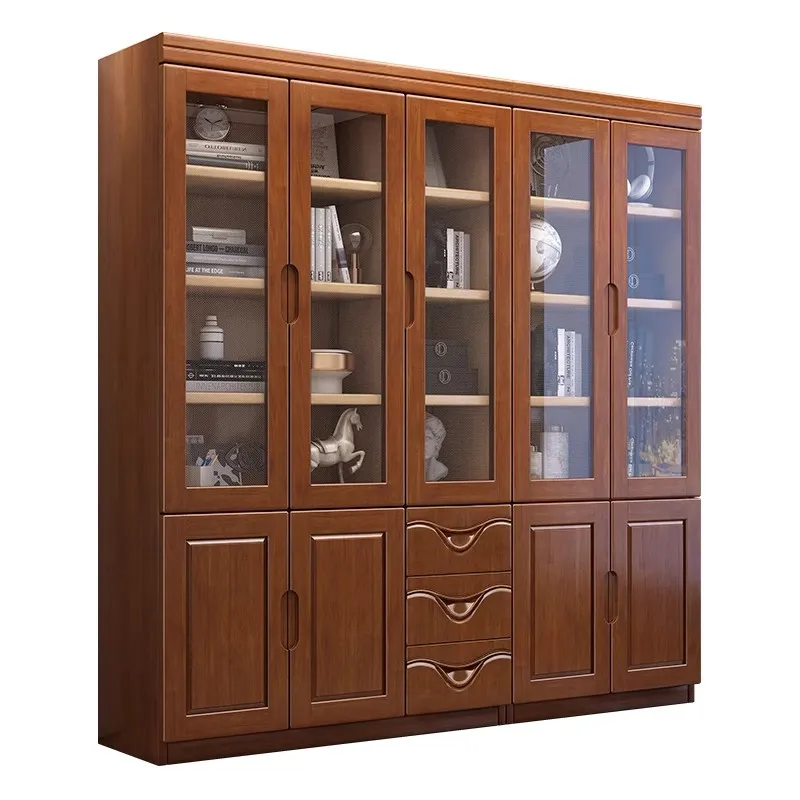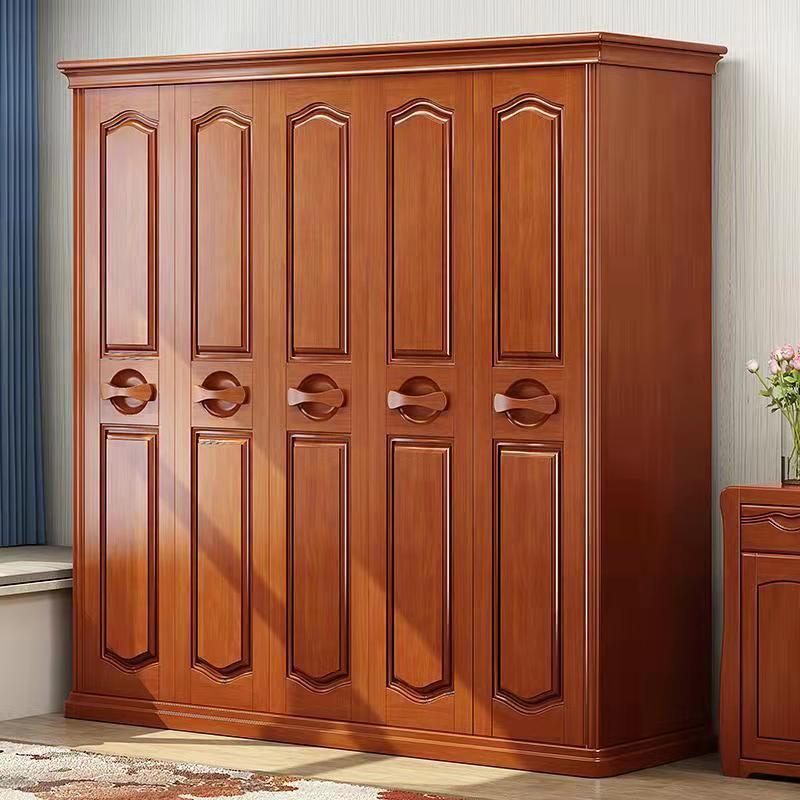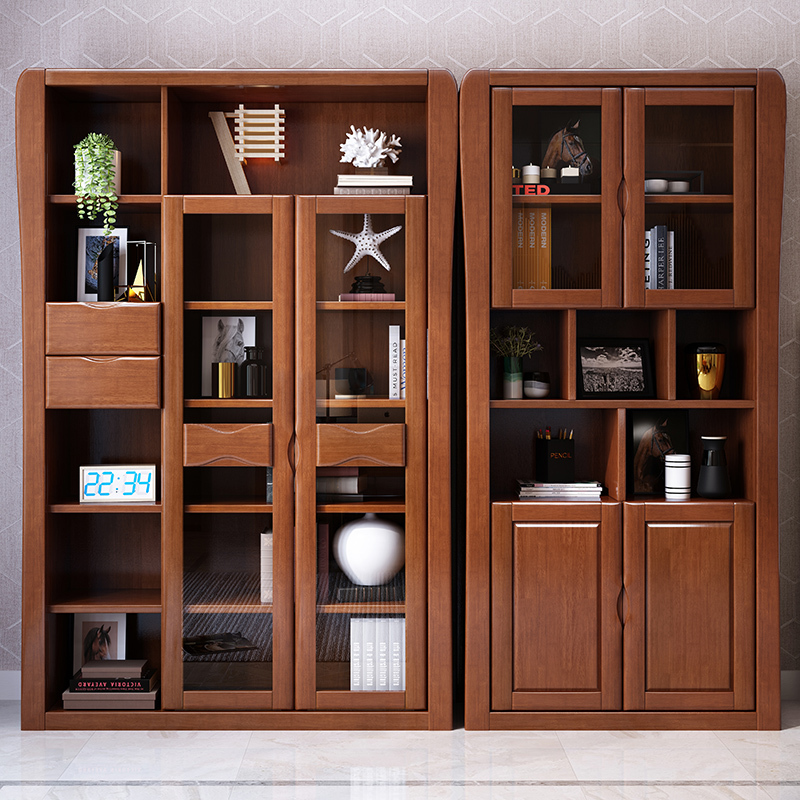In the world of interior design, bookcases serve not only as repositories of knowledge but also as focal points that enhance the aesthetic appeal of a room. The decision to choose between open and closed bookcase designs can be a perplexing one, as each option carries its unique advantages and drawbacks. To help you make an informed choice, let's delve into the pros and cons of both styles.
Open Bookcase Designs:
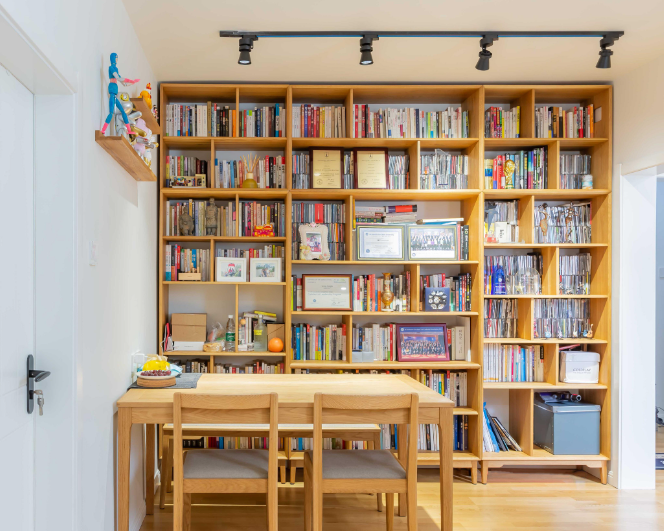
Pros:
1. Accessibility: The primary allure of open bookcases lies in their accessibility. Your cherished books and decorative items are on full display, easily within reach, inviting you to explore your collection without the need to open any doors. This open layout can encourage frequent reading and interaction with your books.
2. Aesthetic Appeal: Open bookcases have a modern and airy appearance, making them an ideal choice for contemporary interior designs. They offer an opportunity to showcase the colors and textures of your book covers, which can be a design element in itself.
3. Versatility: Beyond books, open bookcases provide a platform for displaying personal mementos, family photos, art pieces, and houseplants, allowing you to create a dynamic, curated display.
Cons:
1. Dust and Maintenance: The openness that defines these bookcases comes at the cost of dust and dirt accumulation. Frequent cleaning and dusting are essential to keep your books and decor in pristine condition.
2. Exposure: Open bookcases expose your books to environmental factors like sunlight, which can lead to fading of book covers and spines. Additionally, it's easier for curious fingers, pets, or potential accidents to affect your collection.
Closed Bookcase Designs:
Pros:
1. Protection: Closed bookcases provide a protective barrier for your books. This shielding keeps your books safe from dust, dirt, and potential damage, thereby extending their lifespan. It's particularly advantageous if you have valuable or rare books.
2. Privacy: Closed bookcases offer an element of privacy and a tidier appearance. If you prefer a more streamlined, uncluttered look, closed bookshelves can keep your space looking neat and organized.
3. Reduced Visual Clutter: Since everything is concealed behind doors, closed bookcases create a clean, uncluttered look. This can be particularly helpful in minimalist or traditional interior settings.
Cons:
1. Limited Visibility: The doors that protect your books can also limit their visibility. This may make it challenging to enjoy the visual appeal of book covers and to quickly locate specific titles.
2. Access: To access a book, you need to open the doors, which can be less convenient if you frequently reference or rearrange your collection.
In the end, the choice between open and closed bookcase designs depends on your specific needs and the atmosphere you wish to create in your space. If you prioritize easy access, visual appeal, and versatility, an open bookcase is the way to go. On the other hand, if protecting your books, maintaining a tidy appearance, and reduced clutter are your top concerns, a closed bookcase might be your ideal solution. Carefully consider your unique circumstances and design goals to make a decision that complements your space and style.
Remember, whether you lean towards the open or closed design, your bookcase should not only hold your books but also reflect your personal style and enhance the ambiance of your home. It's a statement piece that tells a story of your literary interests and aesthetic preferences.





